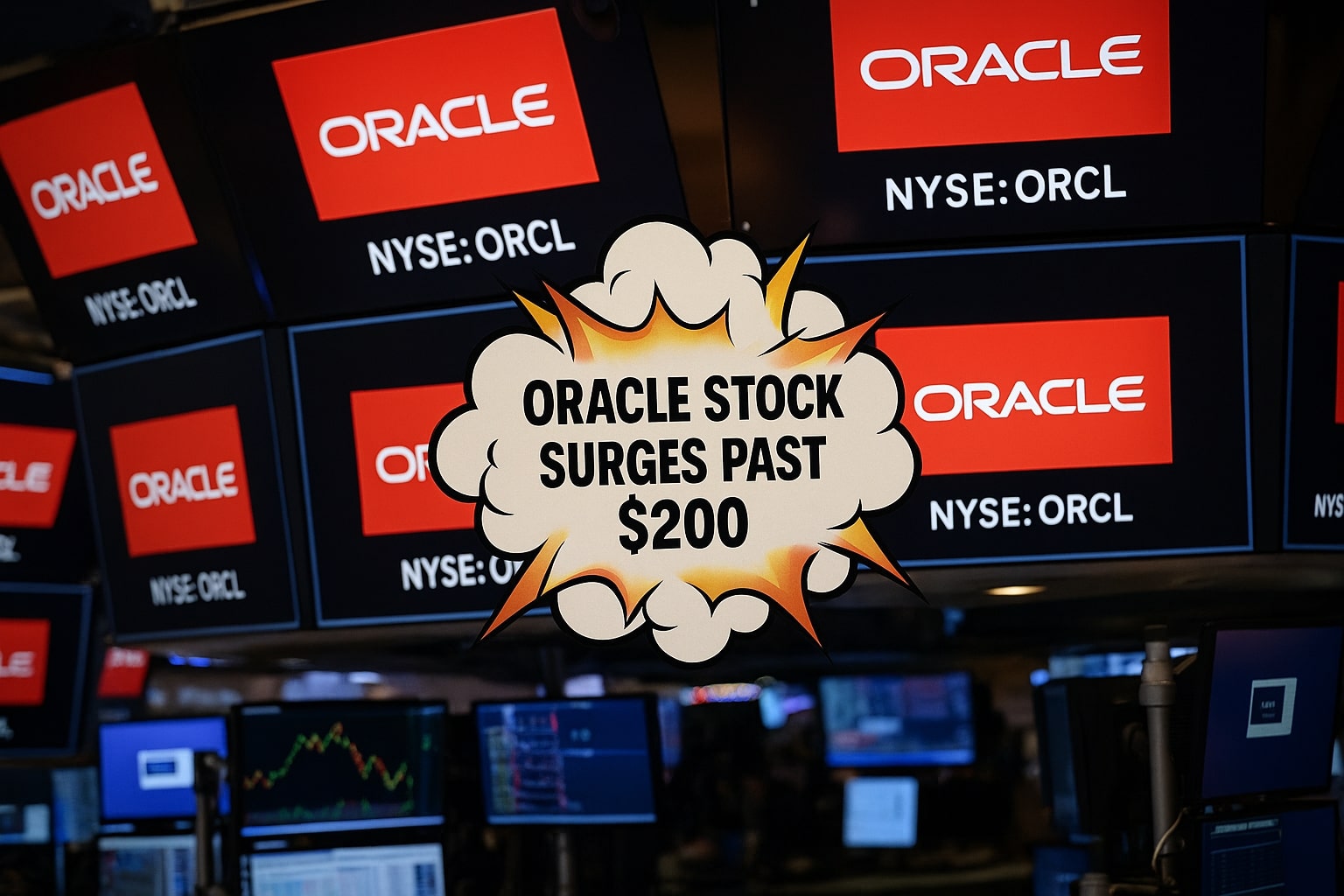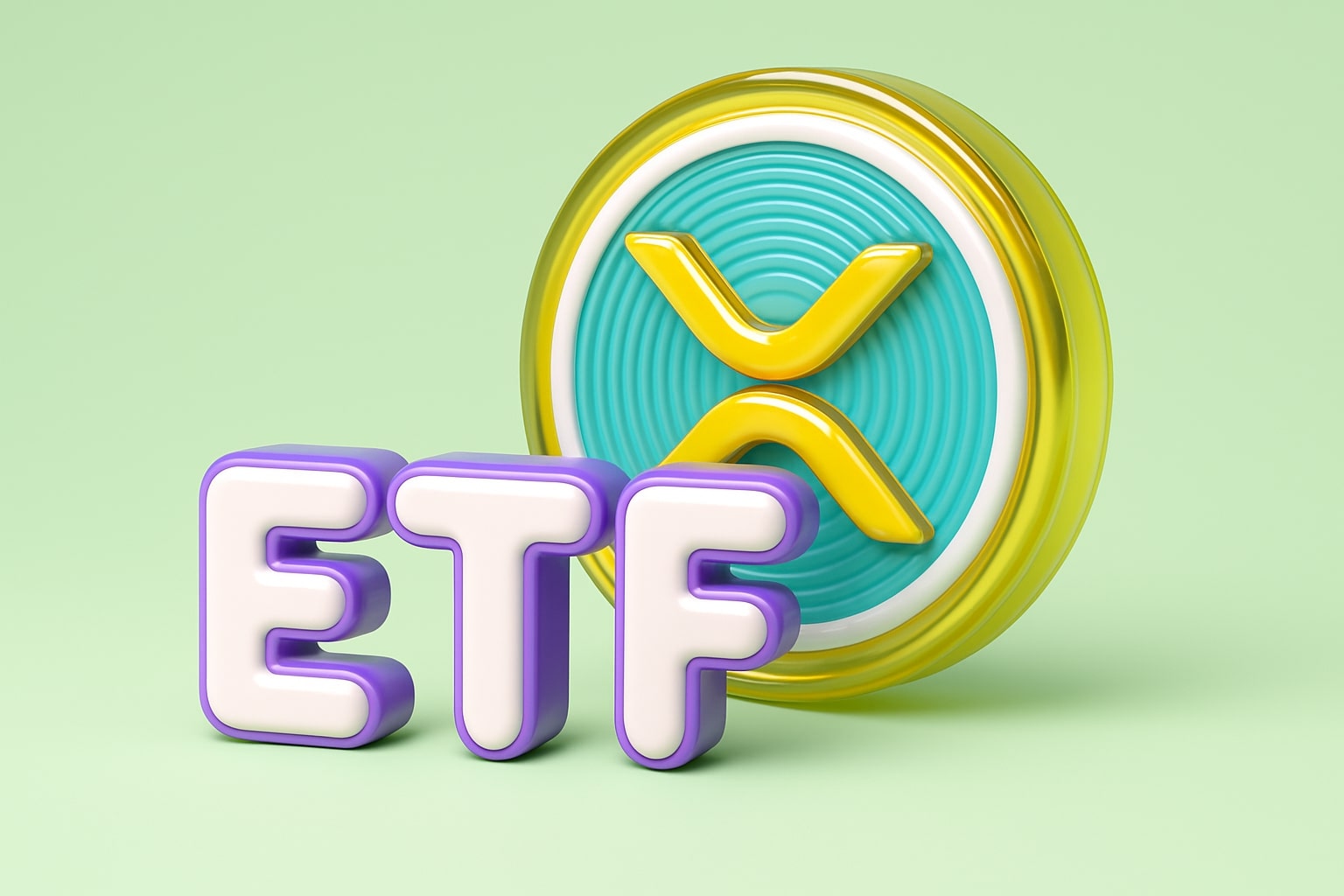
Oracle rockets to all‑time highs above $215 as AI‑cloud demand breaks all records
Is ORCL’s $25 B FY26 CAPEX binge a risk or the fuel for its next leg upward? | That's TradingNEWS
WTI (CL=F) and Brent (BZ=F) Rally Toward $75 Amid Escalating Middle East Risk
Oil markets were jolted by renewed geopolitical tension between Israel and Iran, pushing Brent crude (BZ=F) to $74.72 per barrel and WTI crude (CL=F) to $73.05. That 2% intraday surge reflects investor anxiety over potential supply chain disruptions—even though no direct damage has been reported to critical oil infrastructure. Notably, Israel’s airstrike on Iran’s Shahran oil depot and Tehran’s gas production cut at the South Pars field added fuel to bullish positioning.
Despite this surge, the market remains volatile. Both contracts faded after early gains before recovering, highlighting the fragility of sentiment. Saxo Bank analysts stress that while the Strait of Hormuz remains open, the fear premium remains elevated. Still, a complete shutdown is viewed as unlikely given Iran’s reliance on oil exports and the U.S.'s incentive to keep global crude prices subdued amid inflationary pressures.
China’s Strategic Stockpiling Poses a Supply Glut Risk for Q3
China has quietly stockpiled a massive 1.4 million barrels per day in May, continuing a three-month streak of elevated inventory builds. This accumulation occurred while refinery throughput dropped to a nine-month low of 13.92 million bpd, a 1.8% annual decline driven by heavy seasonal maintenance. Though imports surged in March and April, this wasn't driven by rising consumption—instead, Chinese refiners front-loaded cheap barrels to pre-empt tighter markets tied to Iran sanctions and global uncertainty.
This strategic positioning means Beijing may reduce crude purchases in coming weeks, tempering bullish sentiment. Lower demand from the world's largest importer could undercut any war-driven rally unless there is a real physical supply disruption.
Brent and WTI Technicals Face Resistance Zones
Both Brent and WTI opened weaker but rebounded quickly, establishing critical near-term levels. For WTI, $72.50 remains pivotal. A decisive move above that could expose the next resistance at $74.90 and potentially challenge $77. However, a pullback below $71.00 would invalidate short-term bullishness.
Brent crude, meanwhile, faces friction at $75.50—a level it’s repeatedly crossed in both directions. A clean break above opens a path to $78.30, but price action shows indecision. Any further buying will likely be headline-driven and contingent on escalation in the Middle East.
IEA Forecasts Raise Supply, Trim Demand—Cooling Rally Momentum
The International Energy Agency raised its global oil supply forecast by 200,000 bpd, now expecting +1.8 million bpd growth. At the same time, demand estimates were revised lower by 20,000 bpd, a marginal move but psychologically negative for bulls. This dual revision suggests inventories may rise globally—especially if China slows its purchases—placing downward pressure on prices later in Q3.
Traders who were initially pricing in a risk premium of $5–$10 a barrel are now grappling with the reality that fundamentals may not support a sustained rally unless production or exports are truly disrupted.
Strait of Hormuz Still Operational—But Risks Are No Illusion
Two oil tankers collided near the Strait of Hormuz this week, reinforcing risks to maritime stability amid rising electronic interference. Roughly one-third of global sea-bound crude and 20% of the world's LNG transit this chokepoint. While Iran hasn’t threatened to close the strait yet, any such move could be catastrophic. Deutsche Bank calculates that a two-month closure could push Brent to $124 a barrel, though most analysts agree this would provoke U.S. military response and damage Iran’s own exports via Kharg Island.
Until then, the market seems priced for a partial disruption, but not a full-scale supply outage. Iran’s current export volume of 1.5 million bpd—mostly to China—remains a wildcard. If sanctions tighten or conflict halts exports, China’s small private refiners would be forced to scramble for alternative barrels.
Macro Volatility: Dollar, Equities, and Commodities Diverge
Oil’s rally came as U.S. stock futures tumbled, with S&P 500 down 0.6%, Dow Jones off 0.7%, and Nasdaq sliding 0.6%. Safe-haven flows lifted the U.S. dollar slightly, with the DXY at 98.10, but Treasury yields slipped as risk-off sentiment took hold. Gold futures ticked down 0.2% to $3,409.70, while Bitcoin dropped 1.8% to $106,903—a sign investors aren’t confident that risk assets can withstand an extended conflict scenario.
Meanwhile, central bank watchers await the Fed’s policy announcement. Rate holds are expected, but economic projections and the “dot plot” could shift expectations on September rate cuts. If dovish language emerges, it could weaken the dollar and support commodities like crude.
Outlook: Can Crude Break $80—or Will Supply Snuff the Fire Out?
Short-term momentum remains bullish. Technicals suggest dips are being bought, and geopolitics are injecting fear into the tape. But fundamentals are flashing yellow. With China sitting on three months of inventory and IEA data showing stronger supply growth than demand, there’s risk that crude could roll over once war headlines fade.
Unless there’s a real and sustained disruption, oil may struggle to hold above $77 Brent or $75 WTI. Traders should watch China’s next buying cycle, any Fed surprises, and the physical flow data out of Hormuz.
Verdict: Hold near term, tighten stops. Only a breakout above $77 WTI or $78.30 Brent signals a move toward $82+. Watch for reversal if China cuts imports or war risk recedes.
That's TradingNEWS
Read More
-
BITQ ETF Soars 66.55% as Bitcoin Blasts Past $124,000 — Crypto Equities Lead 2025 Rally
13.10.2025 · TradingNEWS ArchiveStocks
-
XRP ETFs XRPR, XRPI Slip as Ripple XRP-USD Holds $2.62 — SEC Fast-Track Could Ignite $20B
13.10.2025 · TradingNEWS ArchiveCrypto
-
Natural Gas Price Forecast - NG=F Steadies at $3.00 as U.S. Export Boom Tests Old Fields
13.10.2025 · TradingNEWS ArchiveCommodities
-
USD/JPY Price Forecast - Dollar to Yen Climbs to ¥152.28 as Japan’s Political Shakeup
13.10.2025 · TradingNEWS ArchiveForex


















